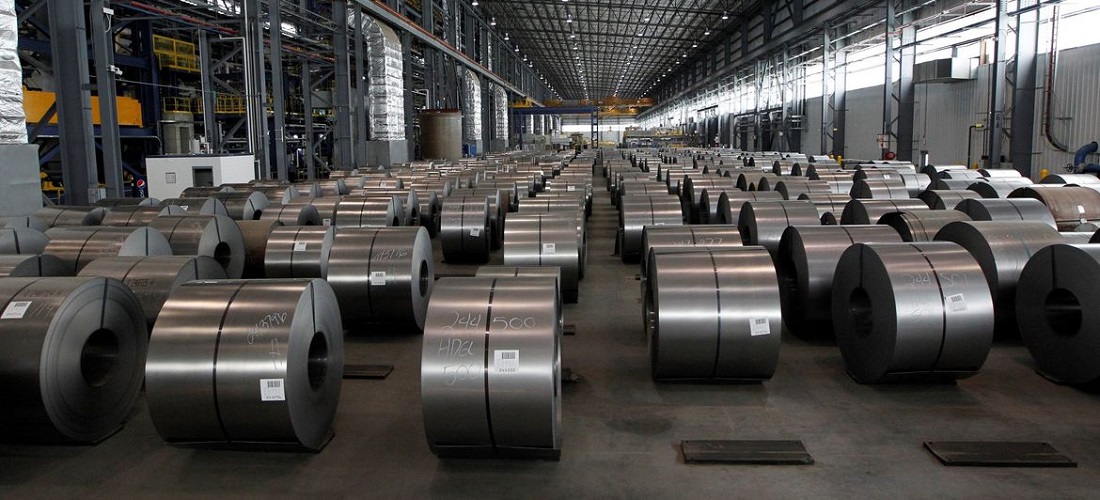
Steel imports should normalize in 2022
Sep, 30, 2021 Posted by Ruth HollardWeek 202138
Despite the high imports of steel products this year by the Brazilian market, national companies estimate that the share of foreign material in apparent consumption should return to previous levels next year.
According to the president of Usiminas, Sergio Leite, the normal level of participation of imported products in domestic consumption is in the range of 11%. “Import is a commercial option. And in the last ten years, it represented 11% of apparent consumption. This year it is at a higher level, but it won’t last”, said Leite, during the Brazil Steel Congress.
For Leite, the big problem is that this imported steel is produced by countries that do not have symmetry with the Brazilian market, which causes unfair competition. “The big drama is that this steel comes from countries where there is no symmetry in trade relations with Brazil, such as China, which is the biggest target of anti-dumping proceedings,” he said.
Until August, according to Instituto Aço Brasil, imports of steel products totaled 3.5 million tons, an increase of 163.9% compared to the same period last year. Consumption reached 18.8 million tons in the first eight months of 2021, an increase of 41.7% compared to the same period in 2020.
In the first months of the pandemic during the second quarter last year, steelmakers had to adjust their production to demand that, at that time, was below normal. With the recovery of the economy, steel consumption returned in full force, causing a shortage in the market and favoring imports. “The steel industry reacted intensely to meet real demand and replenish stocks. Now, the supply is normalized”, stated Leite.
Given the current scenario of the Brazilian market, the president of Aperam Brasil, Frederico Ayres, stated that the reduction in the import tax rate for steel products being demanded by some consumer sectors, such as civil construction, is out of consensus.
“The market is already supplied. Talking about the reduction of the tax rate as an outlet for supply is nonsense. Stocks are replenished and now what the sector needs is to grow, mainly in exports,” added Ayres.
Source: Valor Econômico
To read the full original article, visit the link:
-
Other Cargo
Jan, 04, 2024
0
Brazil Sets Phytosanitary Requirements for Almond Imports from Argentina
-
Ports and Terminals
Nov, 17, 2020
0
Eldorado Brasil and Bracell sign contracts for cellulose terminals at Santos
-
Ports and Terminals
Oct, 22, 2021
0
MINFRA: Despite global container crisis, sector grows in Brazil
-
Ports and Terminals
Nov, 04, 2019
0
New port could be built at Balneário Barra do Sul



